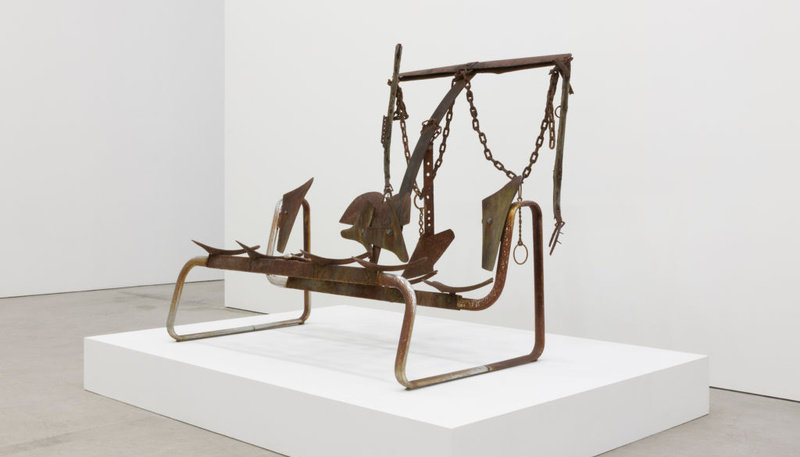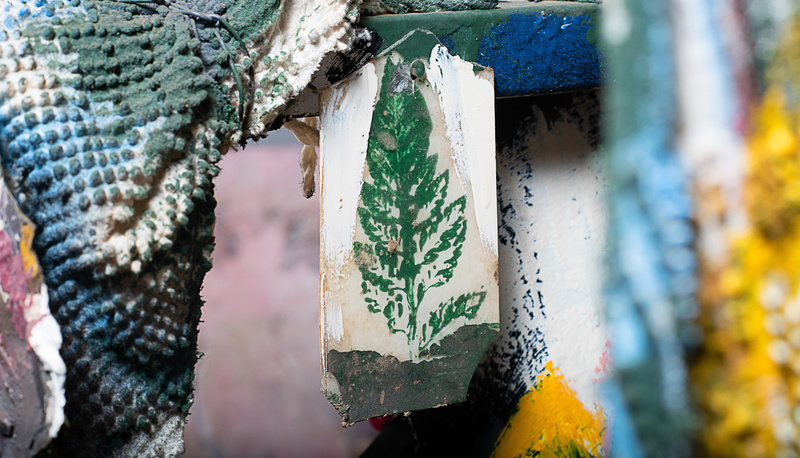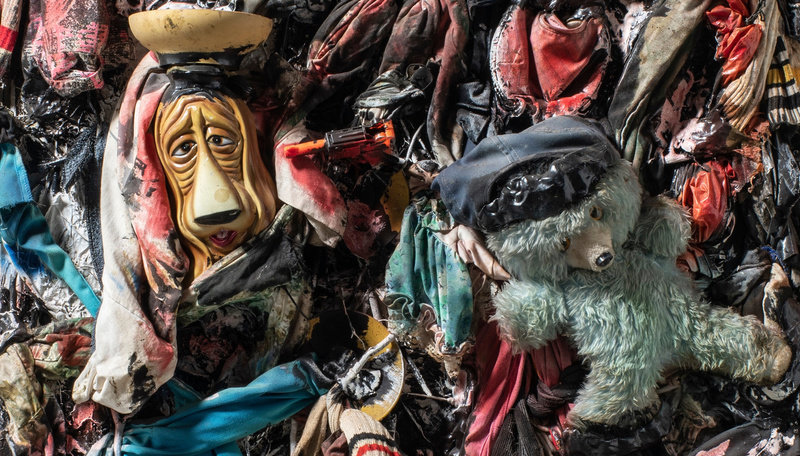Opening Reception:
Thursday, November 21st, 6-8 PM
Hawkins Bolden
Thornton Dial
Lonnie Holley
Joe Light
Ronald Lockett
Joe Minter
Mary T. Smith
James “Son” Thomas
Purvis Young
African American Quilts
Marlborough is pleased to announce A Different Mountain: Selected Works from the Arnett Collection, an exhibition which will include more than seventy-five paintings, sculptures, works on paper and quilts by important African American artists from the South. The artists in the exhibition share a common patron, William Arnett, the trailblazing collector and founder of the Souls Grown Deep Foundation. Since the 1980s, Arnett has collected this material extensively and maintained close personal relationships with the artists.
The show, organized for Marlborough by William Arnett’s sons Paul and Matthew, seeks to provide an in-depth investigation of the artists’ intentions, methods, and formal decisions, as well as an exploration of their relationship with each other and their cultural community in the South.
The use of found materials provides a fascinating unifying thread in this exhibition and is cited by the Arnetts as the great sculptural tradition of the black South. The sculptors Lonnie Holley, Hawkins Bolden, and Joe Minter all create their assemblages from everyday objects, utilizing a par of boxing gloves, a tape measure, a basketball hoop, the frame of a settee, and many other common things. Mary T. Smith paints on found corrugated tin and other available supports. Thornton Dial uses a huge range of found objects in both his assemblage paintings and free-standing works, including children’s toys, clothing, and wire screening. Joe Light and Ronald Lockett both create an embellished surface for their assemblage paintings, using driftwood, carpet, found tin, and other simple materials. The small unfired clay heads of “Son” Thomas are enlivened with glass eyes, cotton hair, teeth, and jewelry.
The second great visual-art tradition is found in the patchwork quilting practiced by generations of African American women. The show includes remarkable examples of these quilts, which use cast-off or worn out materials to create works of remarkable beauty and power:
Both traditions discovered human, even autobiographical, metaphors in these acts of rescue and transformation. One straightforward example is the “denim quilt” or “britches quilt,” pieced from sections of aged jeans, chinos, and other work clothes.
The exhibition is accompanied by an extensive catalogue with an introduction and descriptive captions written by Paul and Matthew Arnett, which provide a personal view of the artists and their work. The book serves to provide an introduction to these artists and practices to a wider audience, and to celebrate the greater appreciation of their extraordinary work.
There have been many major museum exhibitions of these artists, including the landmark 1982 Black Folk Art in America show at the Corcoran Gallery of Art in Washington, DC; The Quilts of Gee’s Bend at the Whitney Museum in 2002-2003; Revelations: Art from the African American South, at the de Young Museum in 2017; last year’s History Refused to Die: Highlights from the Souls Grown Deep Foundation Gift, at the Metropolitan Museum in New York; this summer’s Souls Grown Deep: Artists from the African American South, at the Philadelphia Museum of Art; and solo exhibitions such as Hard Truths: The Art of Thornton Dial, at the Indianapolis Museum in 2011. Works by the artists are found in the permanent collections of numerous museums.
Works
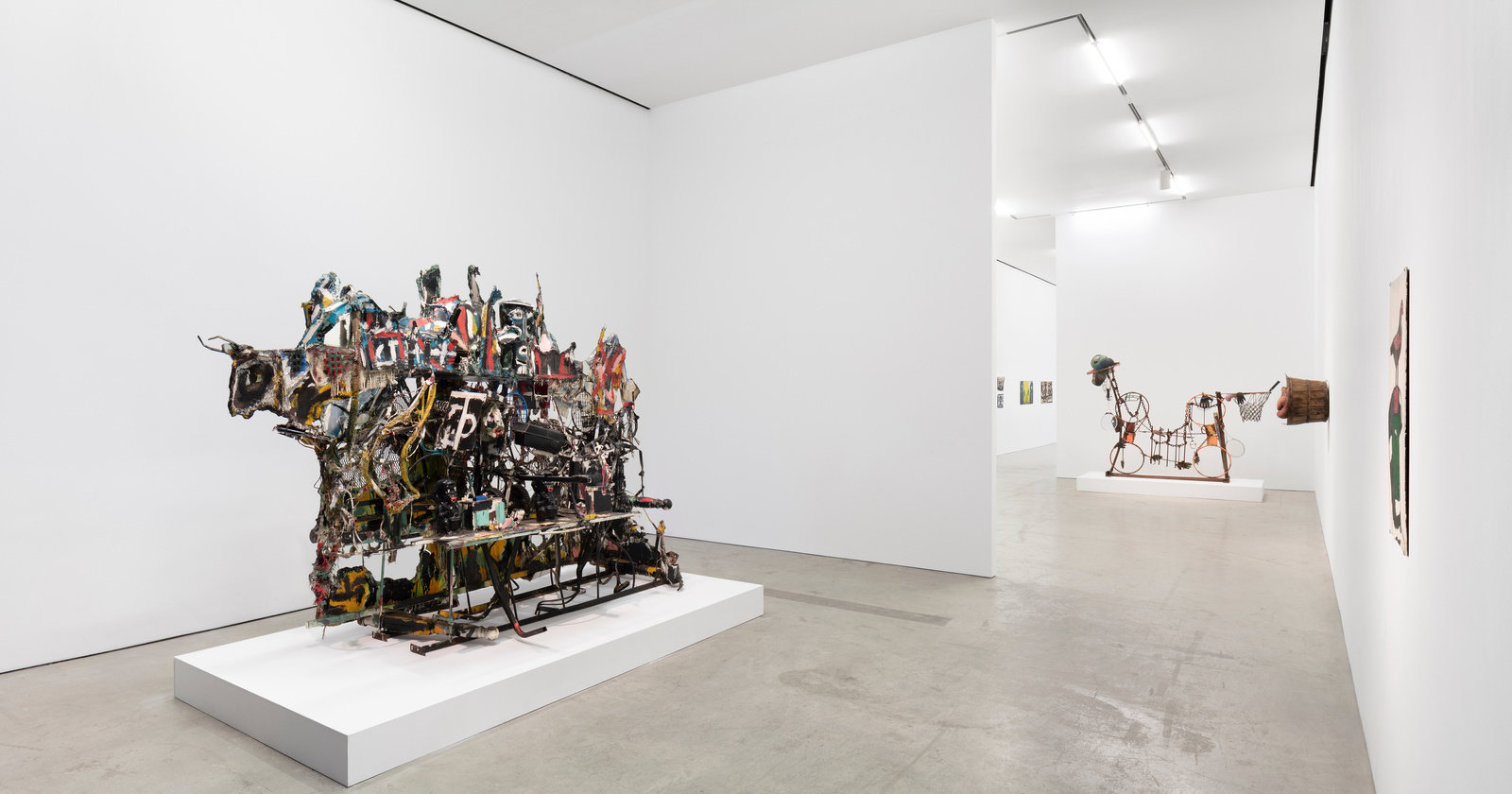
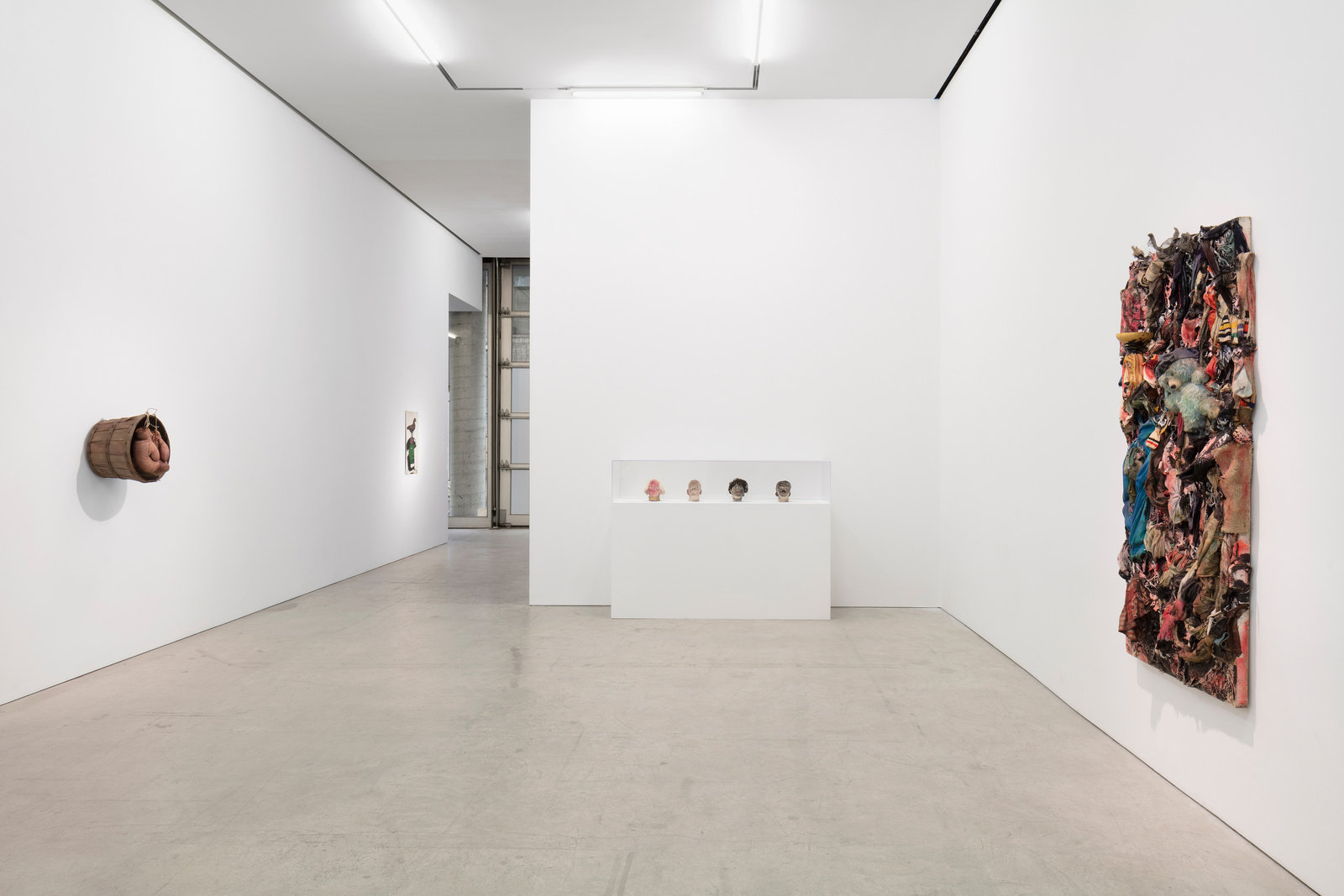
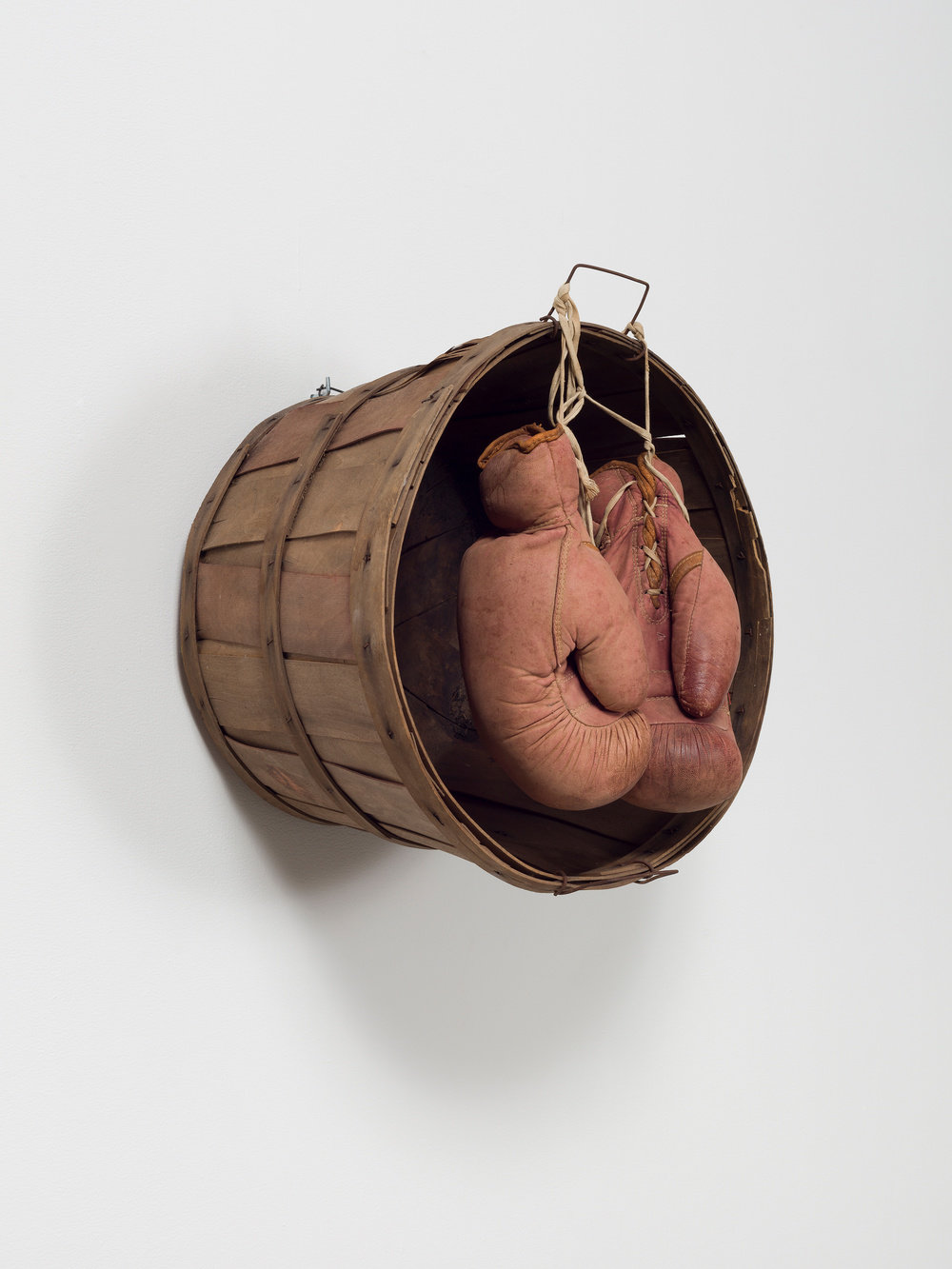
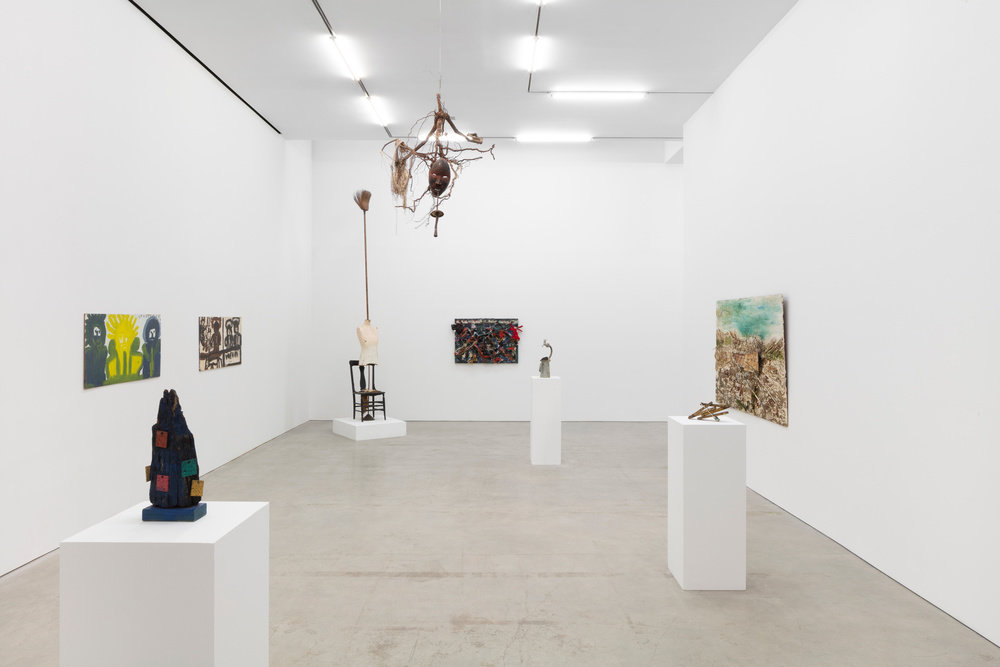
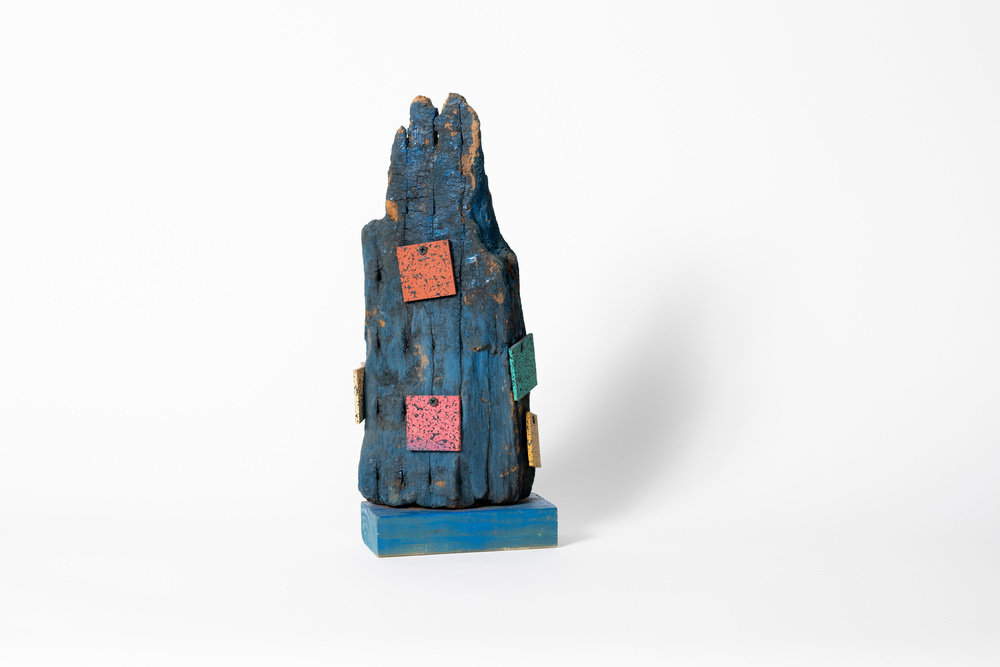
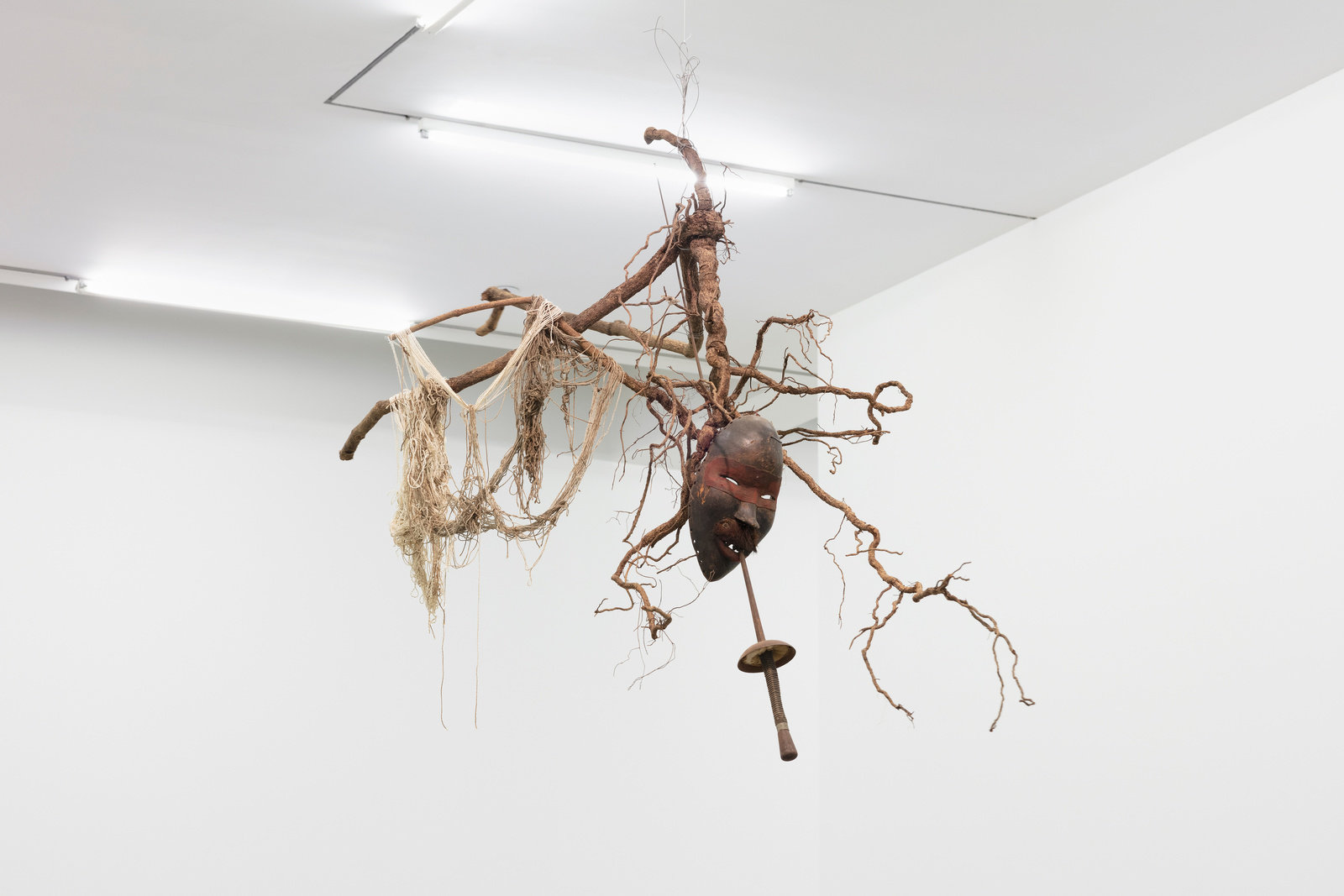
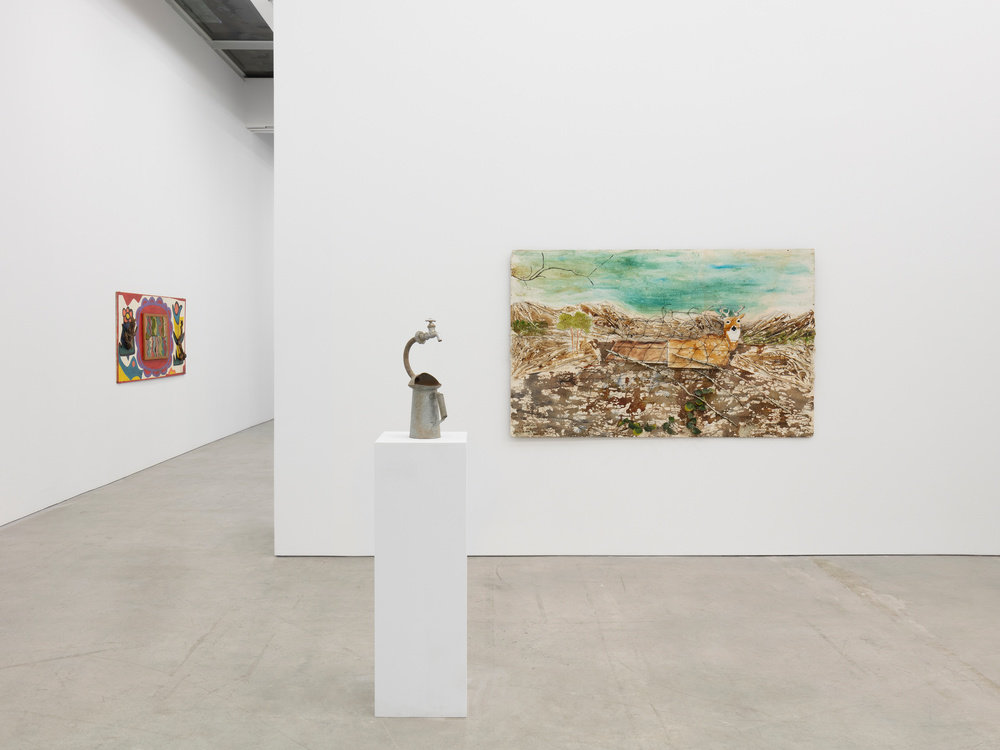
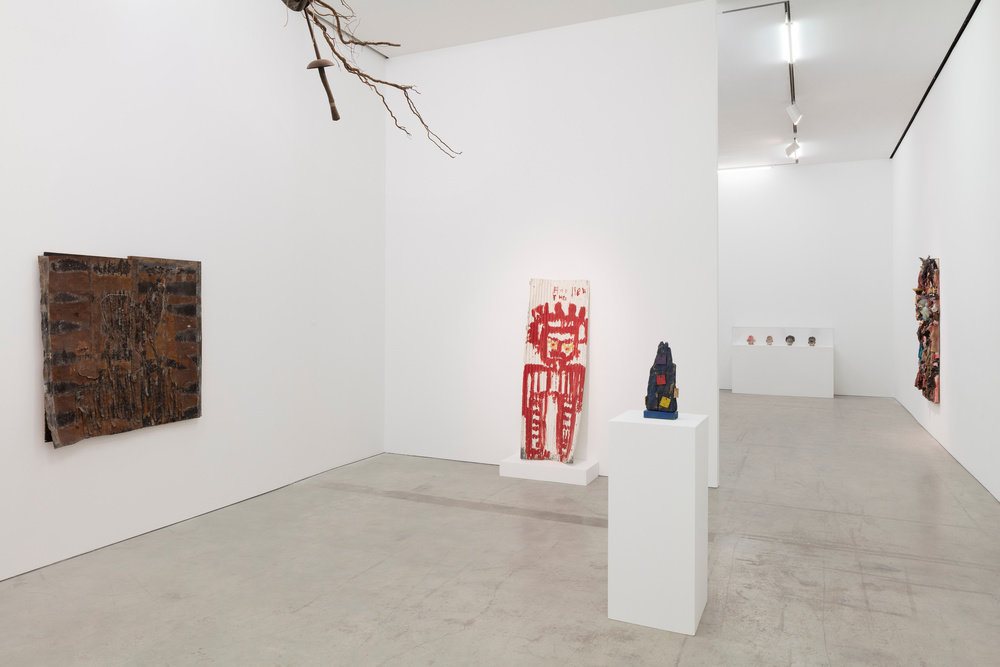
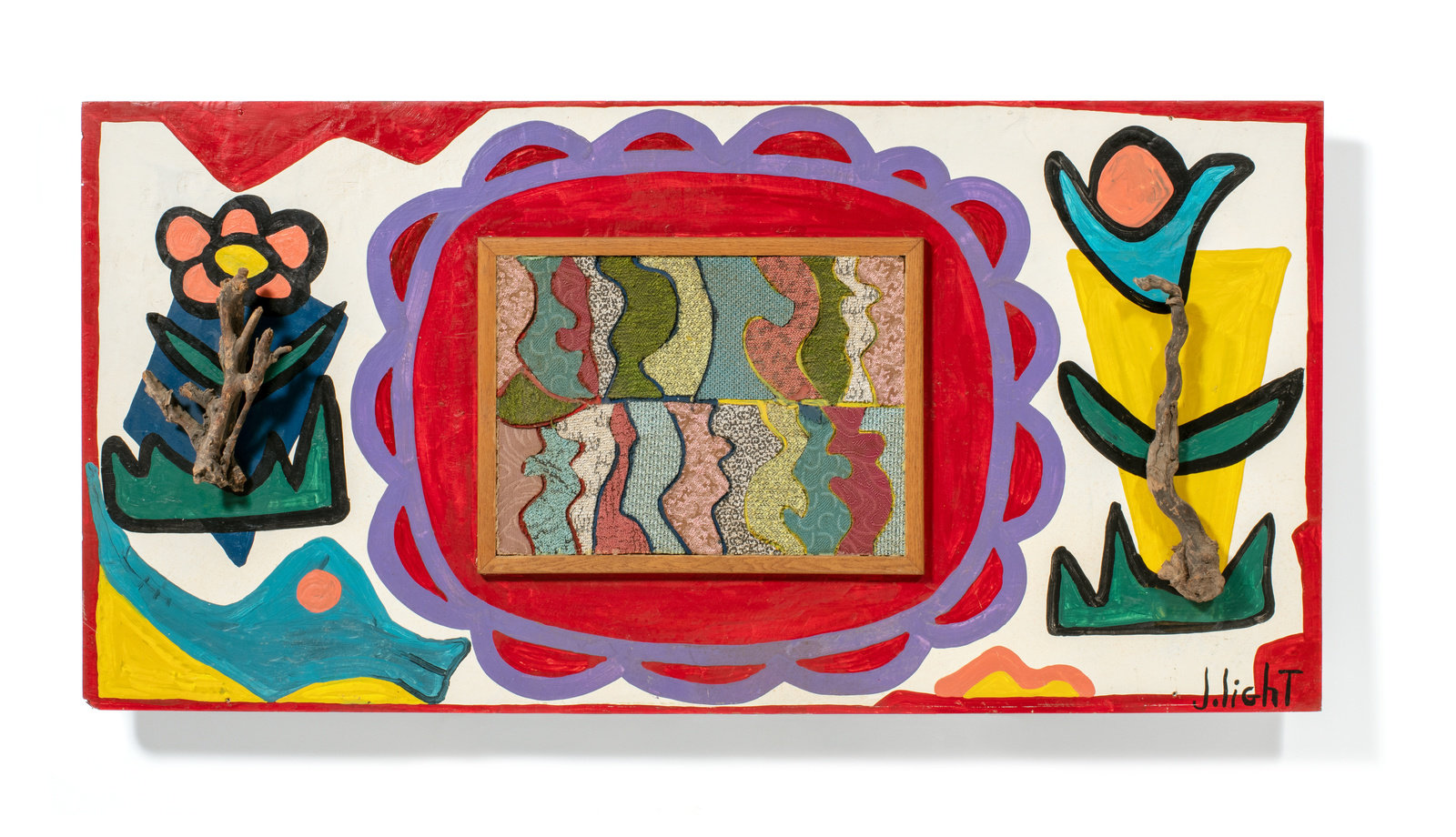
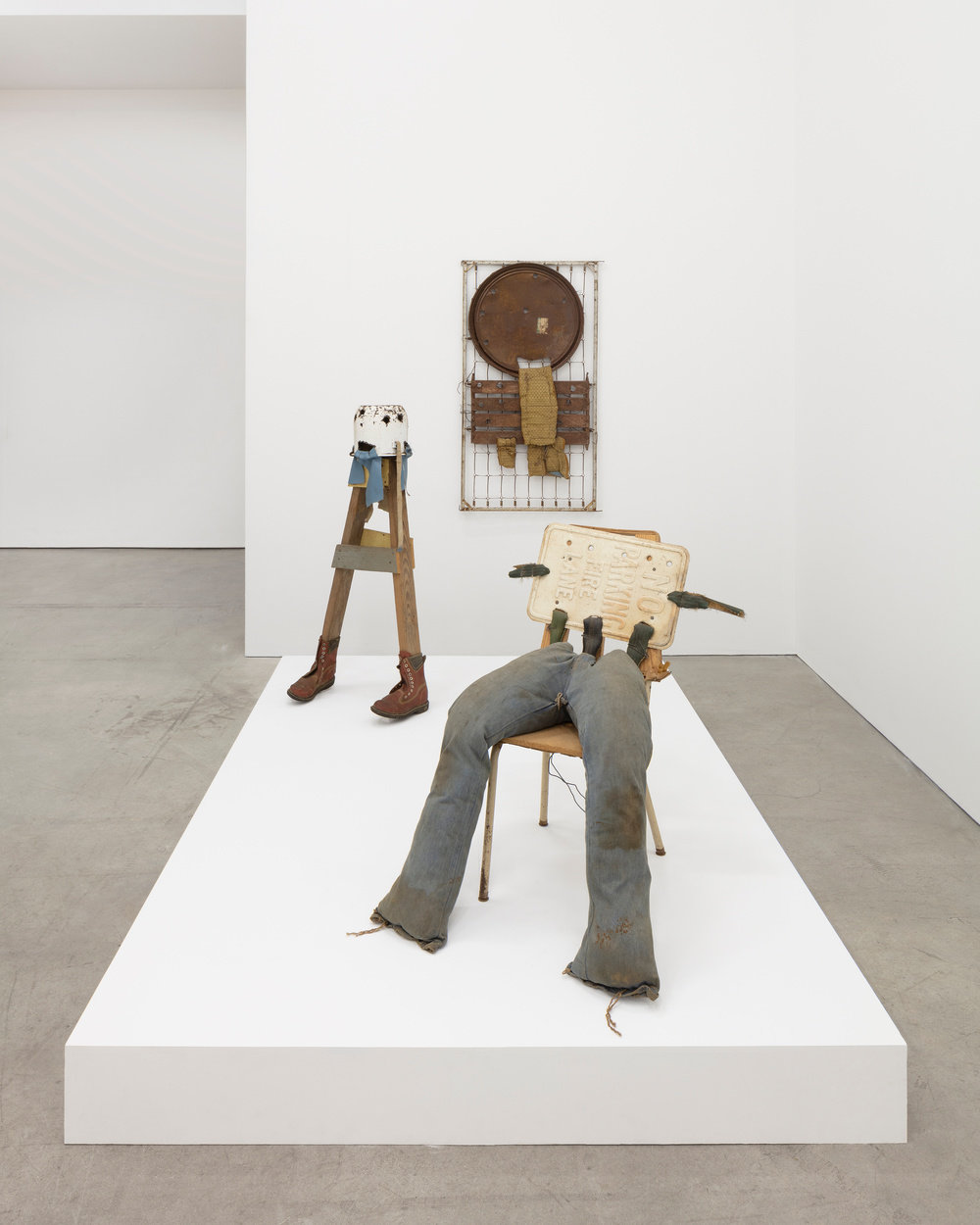
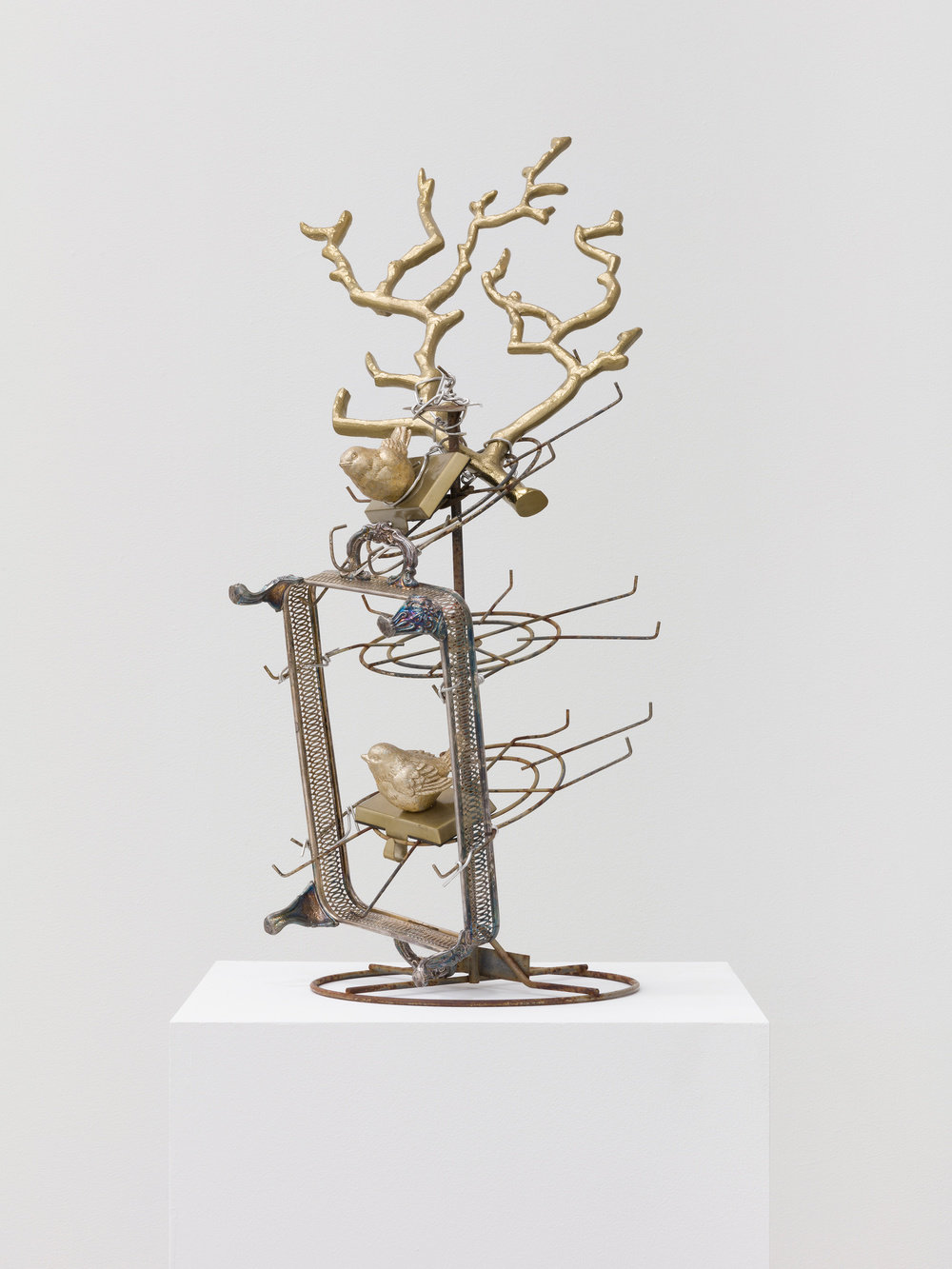
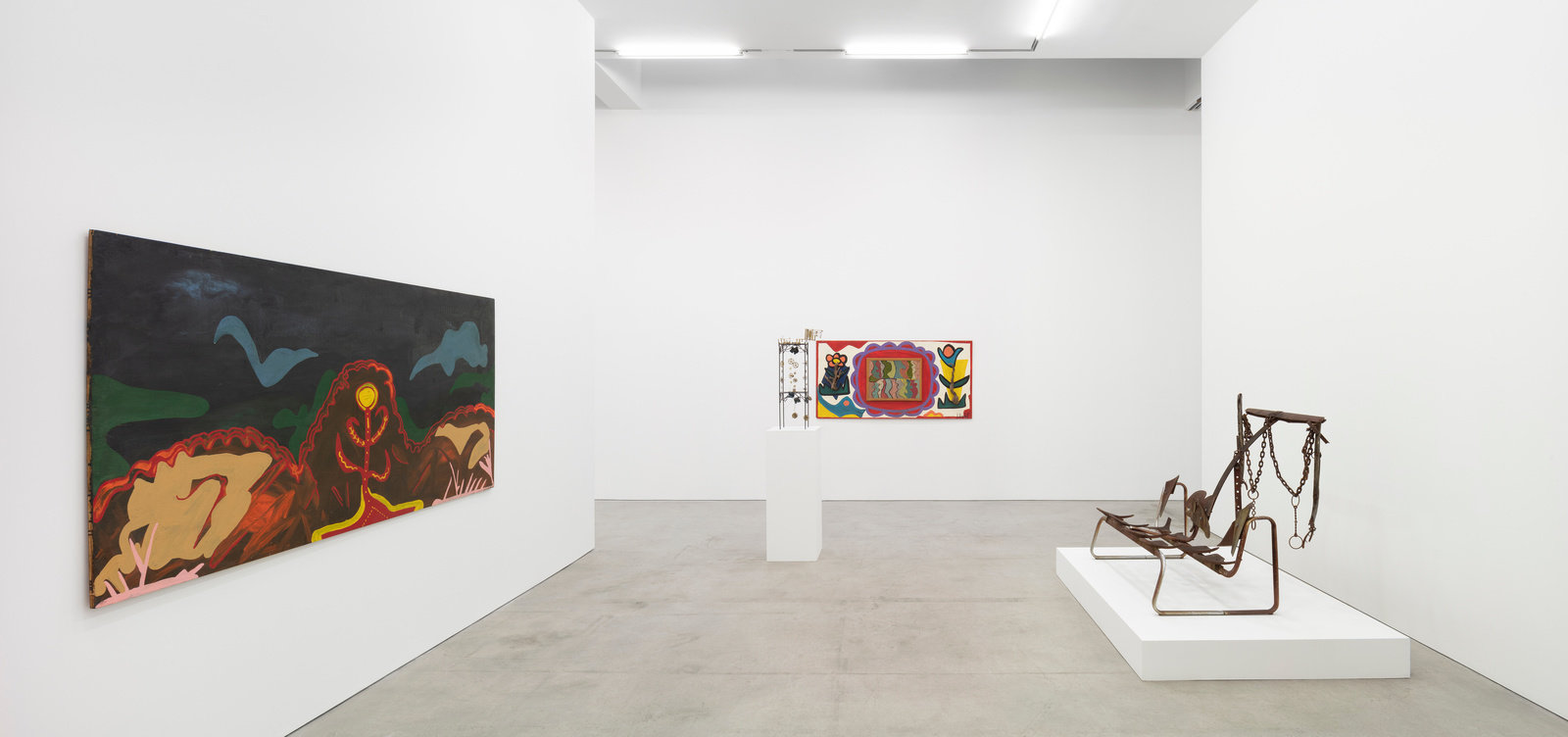
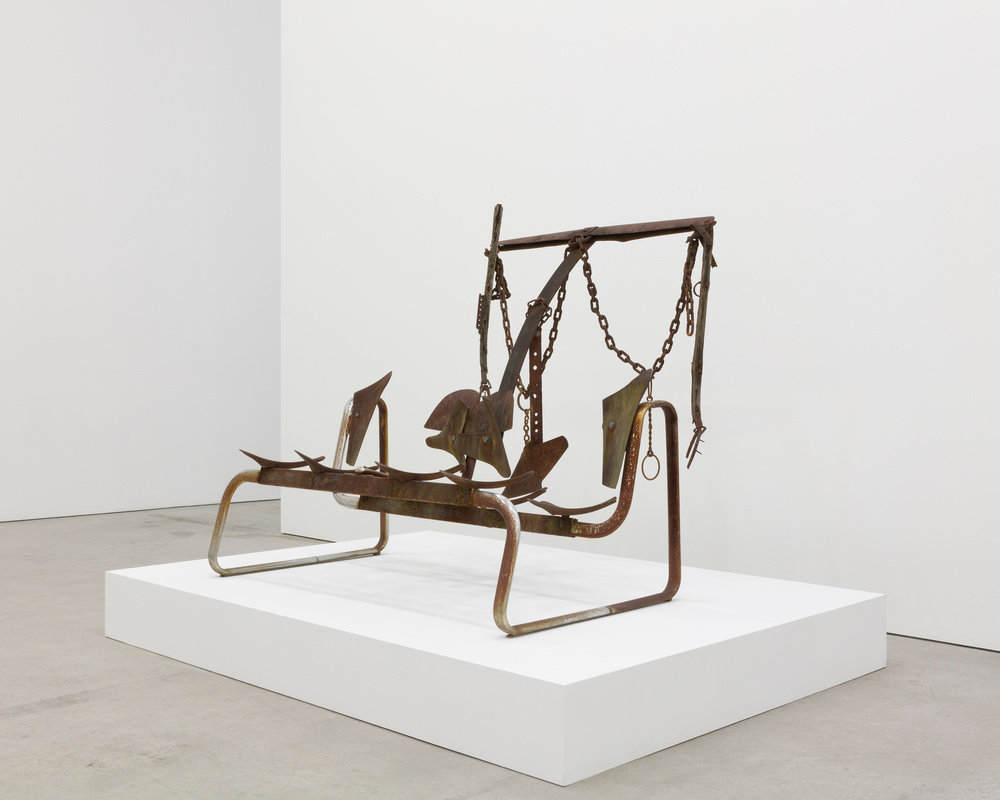
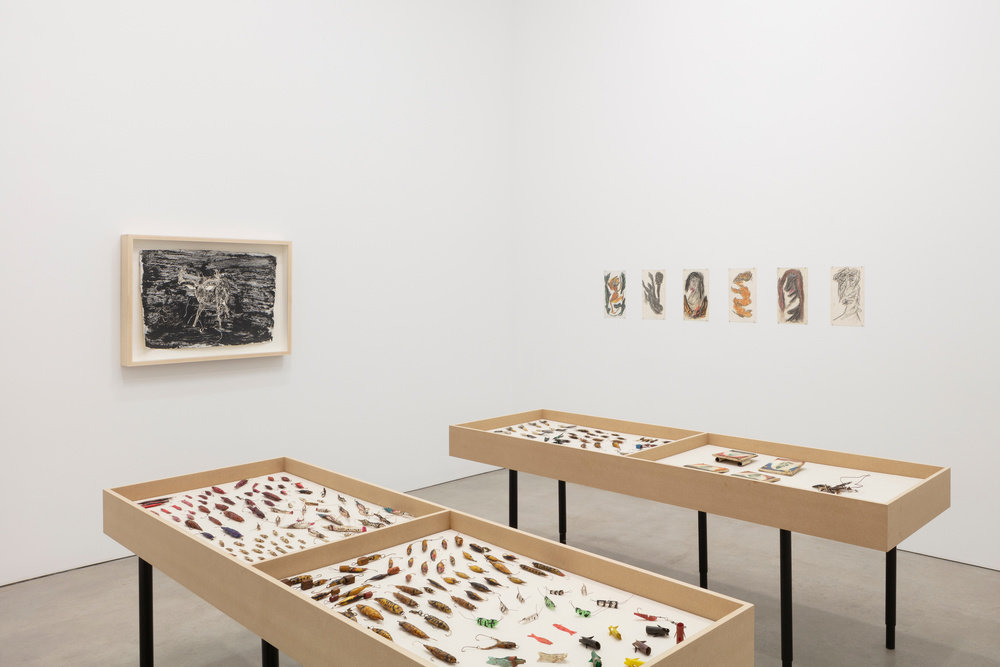
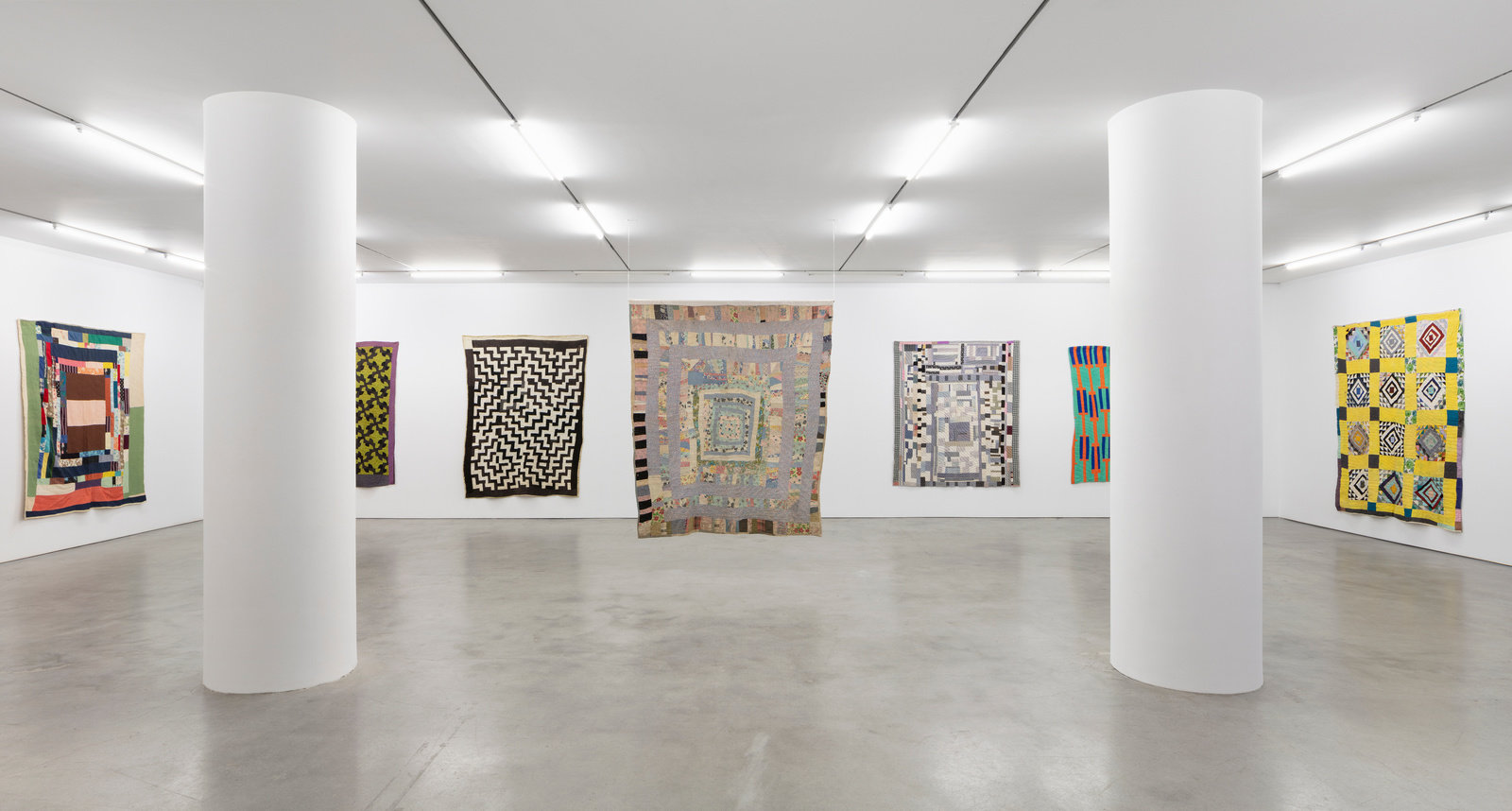
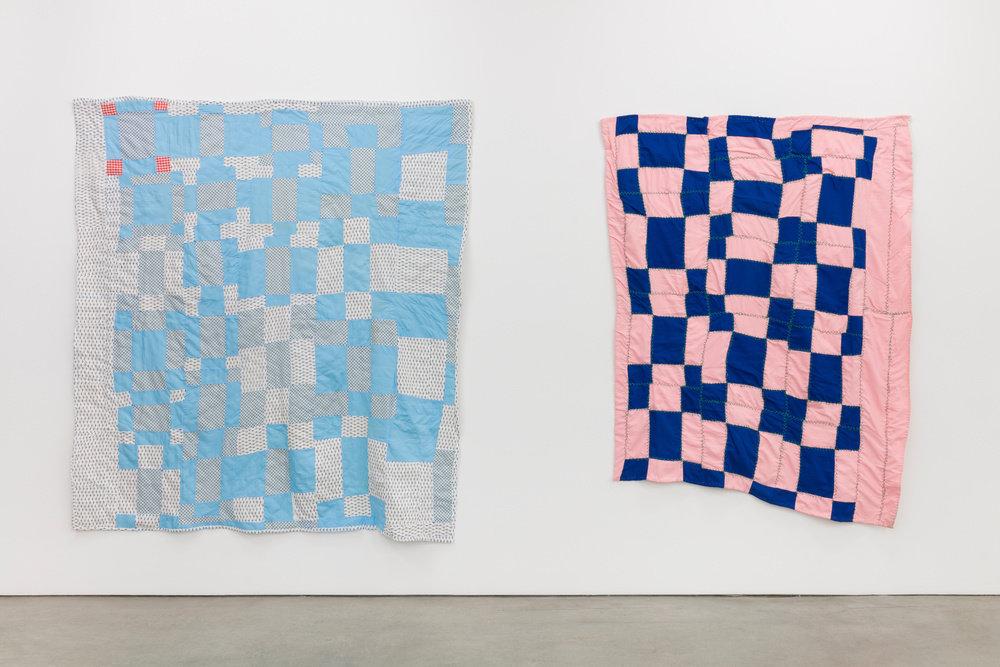
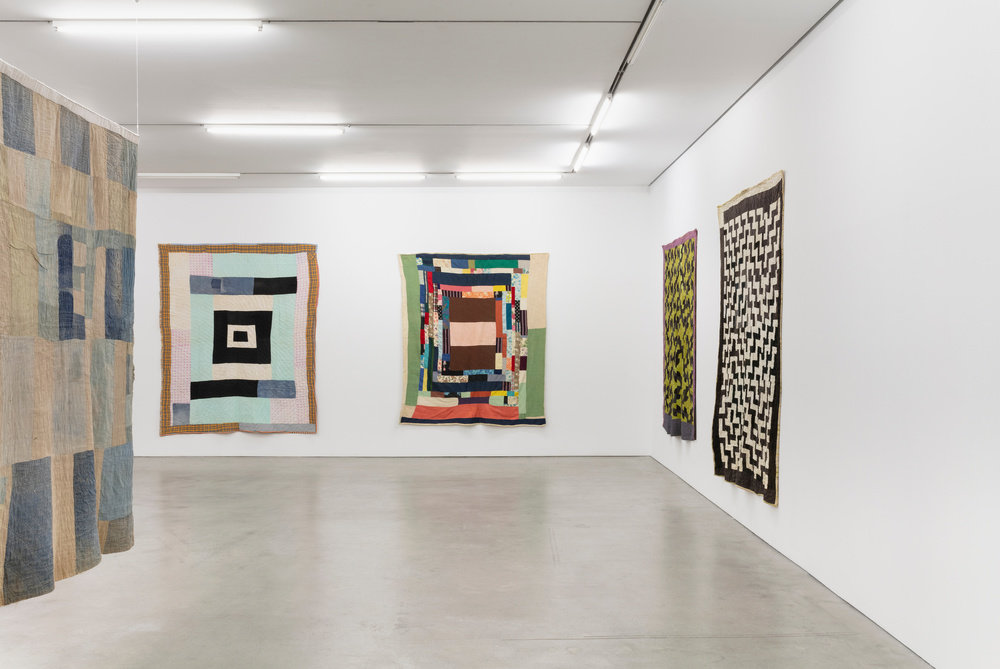
Press
